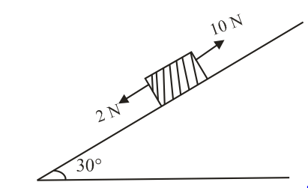Embibe Experts Solutions for Chapter: Friction, Exercise 3: Exercise-3
Embibe Experts Physics Solutions for Exercise - Embibe Experts Solutions for Chapter: Friction, Exercise 3: Exercise-3
Attempt the practice questions on Chapter 6: Friction, Exercise 3: Exercise-3 with hints and solutions to strengthen your understanding. Alpha Question Bank for Medical: Physics solutions are prepared by Experienced Embibe Experts.
Questions from Embibe Experts Solutions for Chapter: Friction, Exercise 3: Exercise-3 with Hints & Solutions
A block of mass is in contact with the cart as shown in the figure.
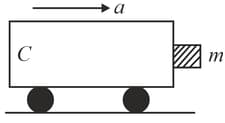
The coefficient of static friction between the block and the cart is . The acceleration of the cart that will prevent the block from failing satisfies the equation,
A plank with a box on it at one end is gradually raised about the other end. As the angle of inclination with the horizontal reaches , the box starts to slip and slides down the plank in . The coefficients of static and kinetic frictions between the box and the plank will be, respectively,
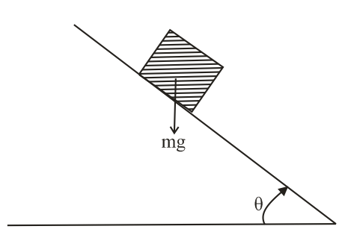
Which one of the following statements is incorrect?
A block of mass is placed on a surface with a vertical cross section given by . If the coefficient of friction is , the maximum height above the ground at which the block can be placed without slipping is
Given in the figure are two blocks and of weight and, respectively. These are being pressed against a wall by a force as shown. If the coefficient of friction between the blocks is and between the block and the wall is, the frictional force applied by the wall on the block is:
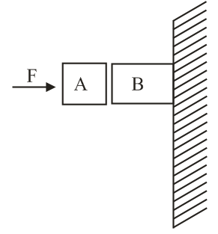
Two masses and connected by an inextensible string over a frictionless pulley are moving as shown in the figure. The coefficient of friction of horizontal surface is . The minimum weight that should be put on top of to stop the motion is,
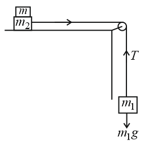
A block of mass is kept on a rough inclined plane as shown in the figure. A force of is applied on the block. The coefficient of static friction between the plane and the block is . What should be the minimum value of force such that the block does not move downward? (Take, .)
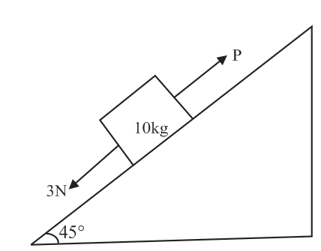
A block kept on a rough inclined plane, as shown in the figure, remains at rest upto a maximum force down the inclined plane. The maximum external force up the inclined plane that does not move the block is . The coefficient of static friction between the block and the plane is (take, ),
